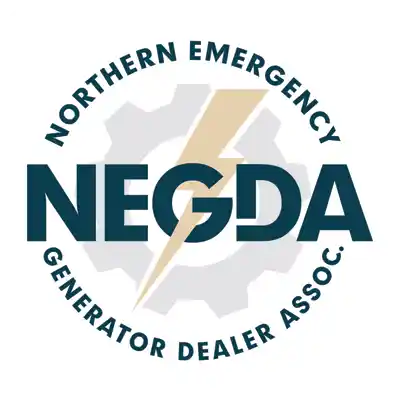Know the terms used by meteorologists and be prepared for whatever is coming your way.
Blizzard Warning: Issued for frequent wind gusts of 35
mph or greater, accompanied by falling and/or blowing
snow, often reducing visibility to less than a quarter
mile for three or more hours.
Freezing Rain: Rain that freezes when it hits the
ground, creating a coating of ice on roads, walkways,
trees and power lines.
Ice Storm Warning: Issued for expected ice
accumulation of a quarter inch or more which could
result in snapped power lines, making travel dangerous.
Lake Effect Snow Warning: Issued when lake induced
snow squalls or heavy showers are expected to result in
significant snowfall accumulation.
NOAA: National Oceanic and Atmospheric Association,
an agency within the Department of Commerce that
works to understand and predict changes in climate,
weather and oceans. The National Weather Service (NWS) is a branch under NOAA.
Sleet: Rain that turns to ice pellets before reaching
the ground, causing moisture on roads to freeze and
become slippery.
Wind Chill: A measure of how cold people feel due to
the combined effect of wind and cold temperatures.
Wind Chill Watch: Issued when there is the potential
for a combination of extremely cold air and strong
winds to create dangerously low wind chill values.
Wind Chill Warning: Issued when a combination of
extremely cold air and strong winds are expected to
create dangerously low wind chills, which could result
in frostbite or hypothermia.
Winter Weather Advisory: Issued when light amounts
of winter precipitation or blowing snow could cause
slippery conditions and impact travel. Proceed with
caution.
Winter Storm Watch: Issued when a winter storm
could produce heavy snow, sleet or ice. Prepare to
encounter winter conditions.
Winter Storm Warning: Issued when a winter storm
is expected to produce heavy snow, sleet or ice. Take
action to navigate the storm safely.
Source: https://www.weather.gov/safety/winter-ww












